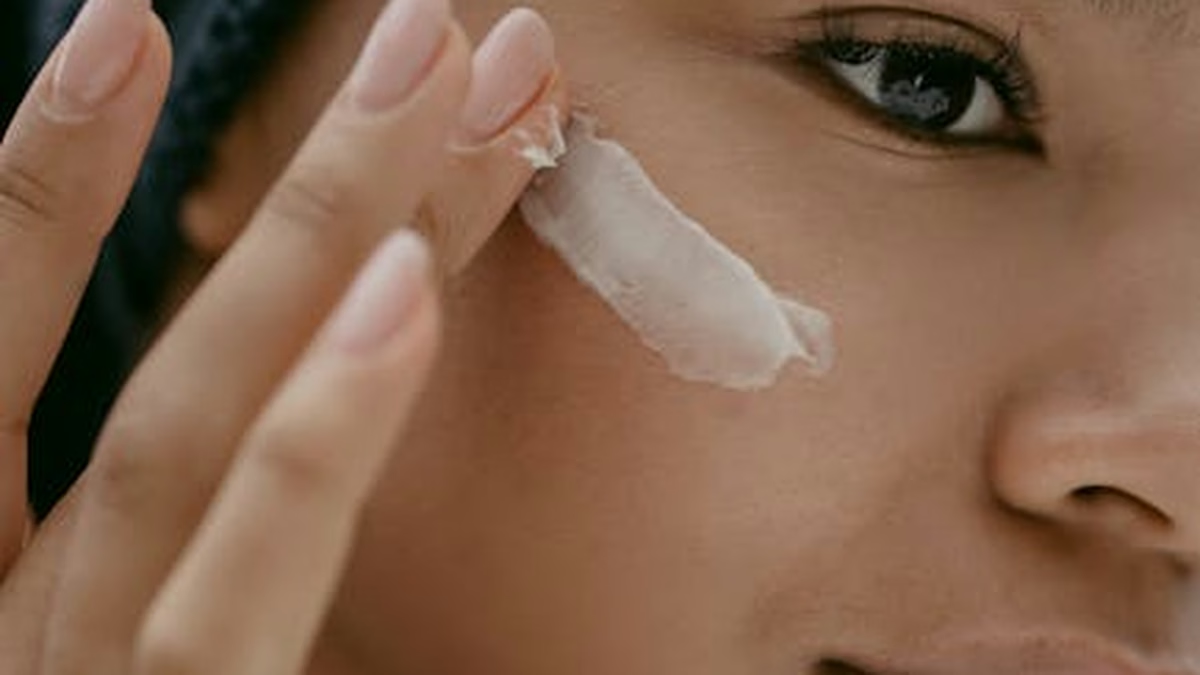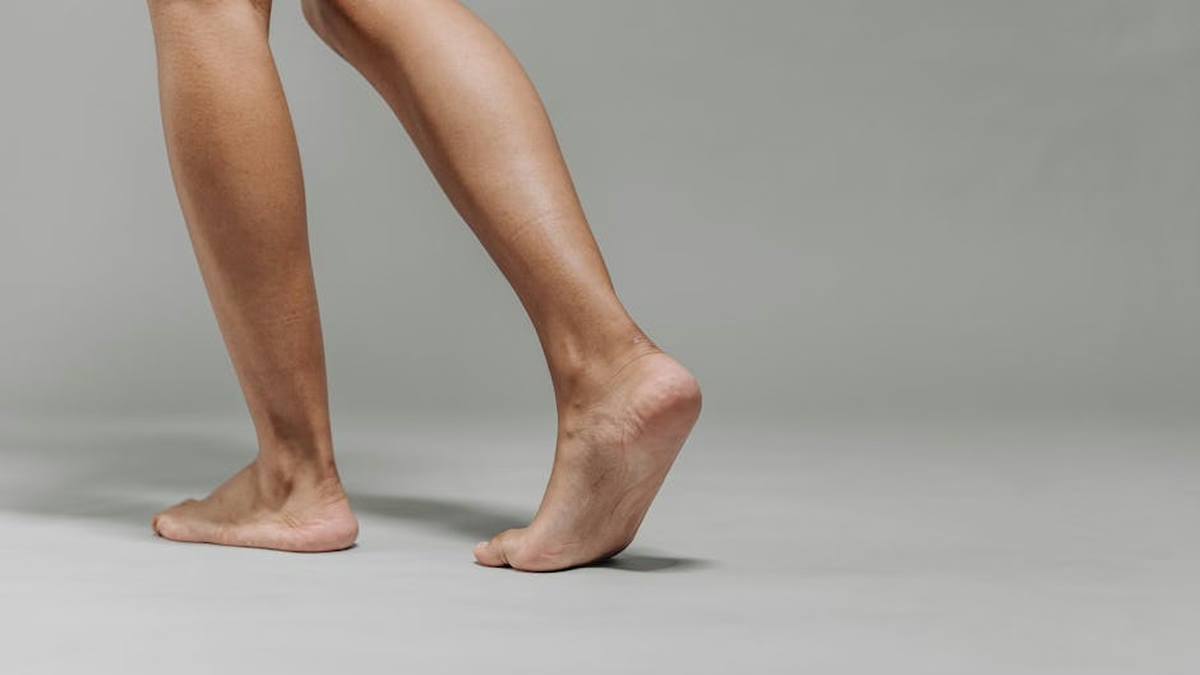Ever feel like your skin is just… off? Like it’s constantly fighting a losing battle against dryness, irritation, or breakouts? You’re not alone. And chances are, the culprit might be a compromised skin barrier. Think of your skin barrier as your body’s first line of defense, a protective shield against environmental aggressors, pollutants, and moisture loss. When it’s healthy, your skin is happy. But when it’s damaged, well, that’s when the trouble starts. Understanding the signs of a damaged barrier is the first step towards restoring that healthy, radiant glow we all crave.
Sign #1: Persistent Dryness and Dehydration
One of the most common and noticeable signs of a compromised skin barrier is persistent dryness. We’re not just talking about the occasional dry patch; we’re talking about skin that feels consistently tight, flaky, and uncomfortable, even after applying moisturizer. This happens because a damaged barrier can’t effectively retain moisture, leading to chronic dehydration.
What to Do:
- Hydrate from within: Drink plenty of water throughout the day.
- Embrace Hyaluronic Acid: This humectant draws moisture from the air into your skin. Look for serums or moisturizers containing this ingredient.
- Occlusive Power: Seal in hydration with a thicker, occlusive moisturizer at night. Think shea butter, squalane, or ceramides.
Sign #2: Increased Sensitivity and Irritation
Does your skin react to almost everything you put on it? Redness, itching, burning – these are all telltale signs of a barrier that’s not doing its job. A healthy skin barrier acts as a buffer, protecting the delicate layers beneath. When it’s damaged, irritants can easily penetrate, leading to heightened sensitivity.
What to Do:
- Simplify Your Routine: Ditch the harsh actives and fragrances. Opt for gentle, fragrance-free cleansers and moisturizers.
- Patch Test Everything: Before introducing a new product, test it on a small area of skin to see how it reacts.
- Calming Ingredients: Look for products containing ingredients like aloe vera, chamomile, or colloidal oatmeal to soothe irritated skin.
Also Read: Can Drinking Water Alone Give You Glowing Skin? Let’s Find Out
Sign #3: Redness and Inflammation
Redness and inflammation are classic indicators that your skin is not happy. A compromised barrier can trigger an inflammatory response, leading to visible redness, especially in areas prone to sensitivity. This can manifest as general flushing, rosacea flare-ups, or even small red bumps. Remember, inflammation is a sign that your skin is under stress.
What to Do:
- Avoid Harsh Exfoliants: Over-exfoliating can further damage the barrier and exacerbate inflammation.
- Cool Compresses: Apply a cool, damp cloth to the affected area to help reduce redness and inflammation.
- Consider Niacinamide: This ingredient can help reduce redness and inflammation while also strengthening the skin barrier.
Sign #4: Breakouts and Acne Flare-Ups
It might seem counterintuitive, but a damaged skin barrier can actually contribute to breakouts. When the barrier is compromised, it can’t regulate oil production properly. This can lead to clogged pores and increased susceptibility to bacteria, resulting in acne flare-ups. The delicate balance is disrupted, and your skin rebels.
What to Do:
- Gentle Cleansing: Avoid harsh cleansers that strip the skin of its natural oils.
- Focus on Repair: Prioritize barrier repair over aggressive acne treatments.
- Non-Comedogenic Products: Ensure all your skincare products are non-comedogenic to avoid clogging pores.
Sign #5: Rough or Scaly Texture
If your skin feels rough, bumpy, or scaly to the touch, it’s a clear indication that the outer layer is not functioning properly. This irregular texture is often a result of dehydration and impaired cell turnover, both consequences of a damaged skin barrier. Think of it as your skin’s way of crying out for help.
What to Do:
- Gentle Exfoliation (Sparingly): Use a very gentle chemical exfoliant (like lactic acid) once or twice a week to help remove dead skin cells.
- Deep Hydration: Focus on layering hydrating products, such as serums and moisturizers.
- Humidifier: Use a humidifier, especially during dry months, to add moisture to the air and prevent further dehydration.
Repairing a damaged skin barrier takes time and consistency, but the results are well worth the effort. By recognizing the signs and implementing these simple yet effective strategies, you can restore your skin’s health, radiance, and resilience. Remember to be patient with your skin and listen to its needs. Your skin is resilient, and with the right care, it can heal. Embrace the journey to healthier, happier skin – you deserve it!









1 thought on “5 Signs Your Skin Barrier Is Damaged — and How to Fix It Fast”
Comments are closed.